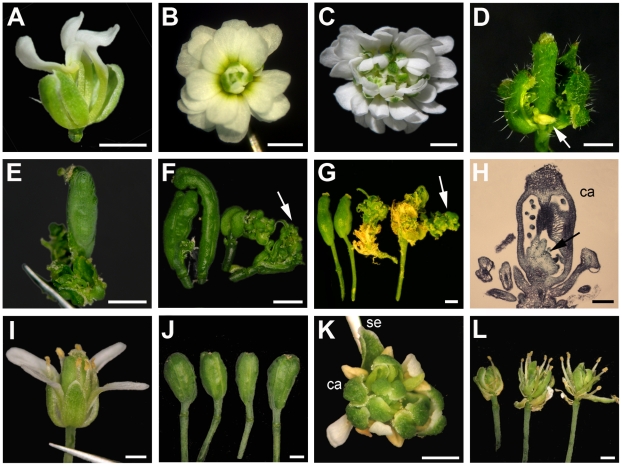Figure 4. Genetic interactions between AGO10 and meristem regulators.
(A) A hua1 hua2 ago10-12 wus-1 flower. wus-1 was completely epistatic to hua1 hua2 ago10-12 in floral determinacy such that the quadruple mutant flower had an incomplete set of floral organs as in a wus-1 flower. (B) An ag-1 flower. (C) An ag-1 pnh-1 flower that had apparently more floral organs than an ag-1 flower and showed signs of fasciation. (D,E) ap2-2 partially suppressed the floral determinacy defects of hua1 hua2 ago10-12 and ag-10 ago10-13. (D) A representative of the non-bulged gynoecia of some hua1 hua2 ago10-12 ap2-2 flowers. The petaloid stamens in hua1 hua2 ago10-12 were rescued back to stamens (arrow) by the ap2-2 mutation. (E) A representative of ag-10 ago10-13 ap2-2 gynoecia, which are longer than ag-10 ago10-13 gynoecia (Figure 2E). (F–H) phb-1d and phv-5d each enhanced the determinacy defects of ag-10. (F) ag-10 phb-1d/+ siliques. Ectopic floral organs, indicated by the arrow, were found in the siliques of most ag-10 phb-1d/+ flowers. (G) ag-10 phv-5d siliques were bulged or contained ectopic floral organs, as indicated by the arrow. (H) A longitudinal section of an ag-10 phb-1d/+ gynoecium. An ectopic floral meristem (indicated by the arrow) could be observed inside the carpels. (I–L) ag-10 plants harboring transgenic amiR165/166 exhibited loss of floral determinacy. (I–J) Weaker determinacy defects of some ag-10 amiR165/166 plants. The gynoecia were bulged as in ag-10 ago10-13. (K–L) Stronger determinacy defects of some ag-10 amiR165/166 plants. The gynoecia were replaced by an internal flower. Scale bars, 50 µm in (H), and 1 mm in all other panels. ca, capel; se, sepal.

